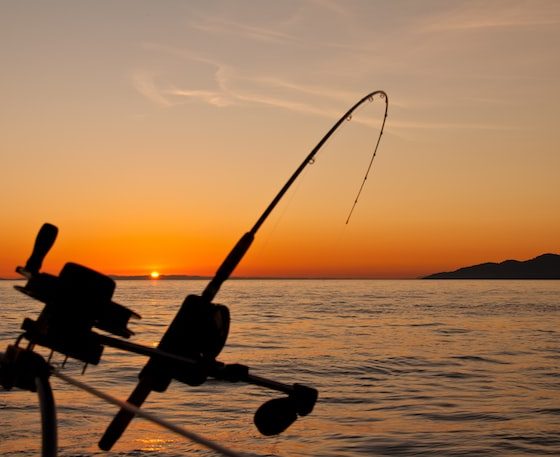
Many people describe fishing as a hobby and a way to get out in nature and enjoy everything it has to offer, while others head to the water in a commercial capacity to ensure restaurants and grocery stores have plenty to sell their seafood-loving customers.
No matter your reasons for fishing, it’s essential to consider your methods and whether they promote sustainability when our seafood supplies are depleting. Here are some of the most sustainable fishing methods to help the fisher people in your community fish more responsibly.
Follow the Good Fish Guide
While you might rely on resources like The Wild Provides to learn about the best fishing lures and how to catch more of a specific fish species, you can refer to the Good Fish Guide provided by the Marine Conservation Society to be more eco-conscious about your fishing practices.
The Good Fish Guide outlines helpful information about the best methods to catch specific species and which species you should avoid for population reasons. Both private anglers and commercial fisheries trying to be more eco-conscious could benefit from the information within the Good Fish Guide.
Don’t Fish Endangered Species
As tempting as it can be to fish for the species you like rather than one that’s more abundant, it can be essential to consider species populations when you drop a line into the water. There is a long list of fish species that are now endangered due to overfishing, and the issue is so widespread that you can be fined or receive a penalty for going above catch limits.
If you’re unsure which fish species is at risk of becoming endangered or is known to be overfished, educate yourself before you set off for a day of fishing. There is a long list of overfished marine species in the United States, with details surrounding where they are commonly found. If you happen to catch a fish that features on that list, you’ll understand the importance of throwing it back.
Reduce Bycatch
If you use fishing nets to bring in as many fish as possible in one go, you might understand just how easy it can be to catch something you didn’t mean to, such as a dolphin or sea turtle. While it can be challenging to avoid catching non-target species, it’s not impossible. Sometimes, you just have to think outside the square.
For example, New England marine biologists developed a special net that would separate cod from haddock to combat a decrease in cod populations. If you’ve noticed that you’re catching a specific species accidentally, see if you can find products that reduce the risk of it happening.
Use Sealife-Friendly Fishing Gear
Traditional fishing gear is designed to be cost-effective and practical, but it can end up being harmful to marine creatures, even those you haven’t caught. Rather than using plastic nets that don’t biodegrade and contribute to our plastic waste problem, consider biodegradable alternatives that will break down if lost. You might also consider lead-free fishing tackle with non-toxic materials. If lost in the sea, they might be less harmful to fish that accidentally consume them.
Whether you’re feeding yourself or your community, sustainability can be essential to ensure fish for generations to come. If you haven’t yet adopted sustainable fishing practices, now might be the right time to explore your options.
Leave a Reply